“We help students make their projects, but they never see what we can do”, says Anna Wiggins, senior digital workshop technician at Sheffield Hallam University (SHU), about the new exhibition, Yes We Can.
Bringing together the work of 21 technical staff from the university’s art and design, engineering, architecture and digital media departments, the exhibition is open until 6 December to both students and the public.
As well as helping the students “see that we are practitioners, and that we have a wider skillset than they realise we do”, says Wiggins, the exhibition also hopes to be inspirational and educational.
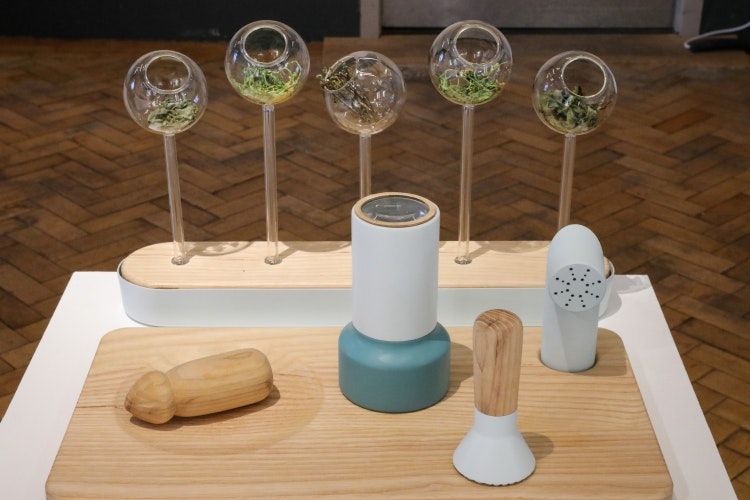
For projects ranging from David Powell’s tools for desktop farming to Wiggins’ typographic signs made of Tetra Pak sequins, a QR code next to each one provides step-by-step instructions on how the piece was made. Meanwhile, Joe Haynes has brought process into the display, laying out the different stages of experimentation for his luxury porcelain version of cheap enamel tinware.
“We want them to see the extent that they can use the workshops, processes and machinery that we have got, and how it can inspire them to be more ambitious with how they use the facilities”, Higgins says.
The richness of the design education ecosystem
The role of technicians can often be overlooked, but now it seems big-name institutions are looking to remedy that. To take an example outside of design, for instance, earlier this year the Science Museum opened its new permanent interactive gallery dedicated to science technicians, and what it describes as their “hidden yet vital careers”.
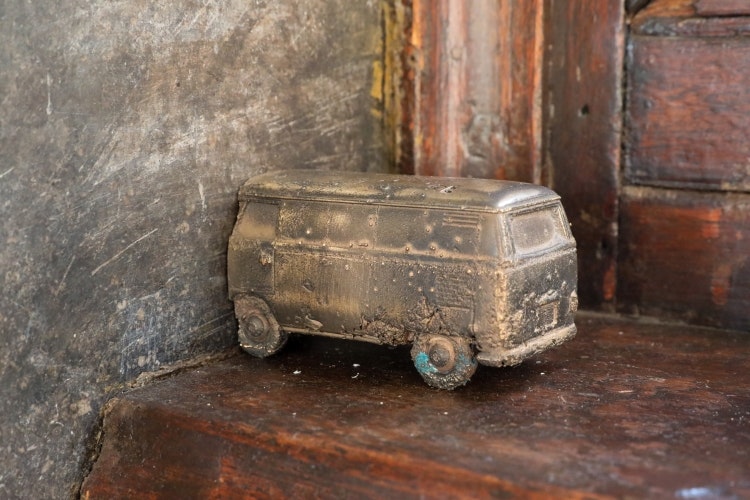
As well as being “artists, designers, engineers, makers and craftspeople in their own right”, as Jo Lee, SHU course leader for Fine Art writes in Yes We Can’s introductory text, the technicians are “experts in a range of making practice and they contribute their sustained experience of varied professional contexts”.
Distinct from their academic colleagues, technicians bring their own valuable knowledge to the university community and are instrumental in stretching students’ ambitions and ability to communicate their work.
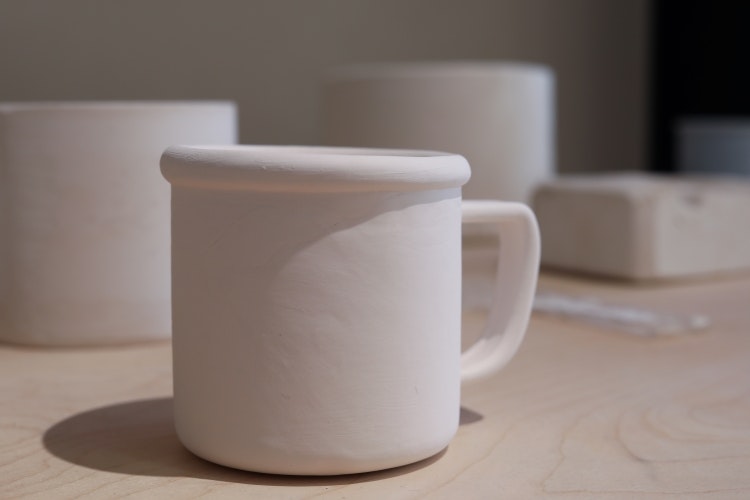
“I see just how diverse the learning opportunities they make possible for students across a host of different media are, as well as the considerable support they offer to academic staff for teaching and research”, Lee says. Their breadth of work, meanwhile, “signals just how important they are as members of our city’s creative community”.
The exhibition graphics and signage by Andy Buckley highlight a mix of practicality and creativity in the university environment. These are an extension of a previous project where Buckley had created a series of distinctive safety posters for the workshop: “there’s only so much signage you can have that students take notice of”, Wiggins says.
“Art school ethos”
Earlier this week, Wiggins presented the project at the annual technical conference from the Council for Higher Education in Art and Design (CHEAD) in Edinburgh, as part of a panel on the subject of community.
Wiggins feels that the project exemplifies the collaborative “art school ethos” still present at SHU, where there is “a real community of technicians, but also academics, working together,” she says. She adds that the technical team has “a really good relationship” with the majority of the academic staff, but that the opening of the exhibition prompted new opportunities: “A lot of the academics were coming and saying “oh, I’d love to collaborate”.

This is the first time in years that SHU has run such an exhibition. Elsewhere across the university sector there are other similar exhibitions, such as the Royal College of Art’s annual exhibition, Hidden, but the examples are few and far between.
“I’m hoping we can do this at least every two years, like a ‘Technical Biennale’”, Wiggins says. “It would be wonderful if this could grow and grow because it’s been an absolute joy for me to put together”.
Remembering the “physicality of making”
Conversations with designers often bring up a notion of newer graduating students lacking hands-on, physical work in their portfolios – albeit that such pieces are often replaced with a native digital dexterity.
According to Wiggins, at school level well before students reach university, “there’s less practical teaching, less emphasis on art and design, and the physicality of making”; whereas “technology is pushed very hard on them”.
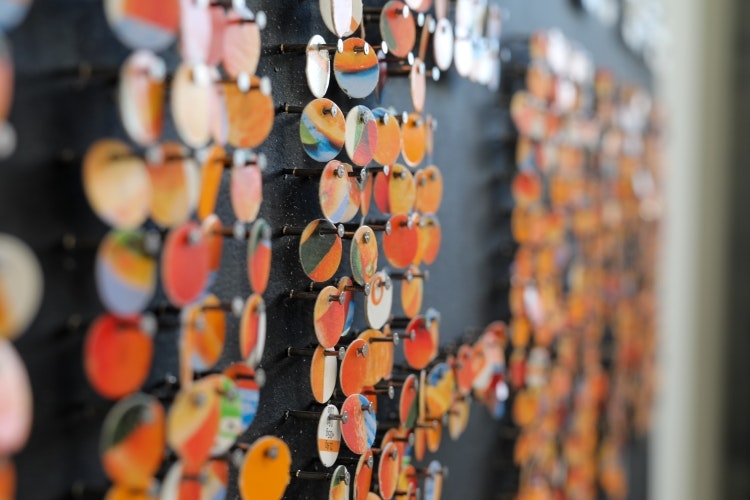
She feels that for many students “the idea of 3D printing a prototype feels less scary and time-consuming than going down to the workshops and actually making a physical model by hand, using traditional techniques – and I think that’s a great shame”.
Anecdotally, she explains that at the recent New Designers graduate showcase in London, several SHU students who won awards for product design had a model. “I think having your ideas and your designs in a physical format makes it easier for people to understand them”, she says.
“I think post-pandemic, the use of the workshop has changed”, Wiggins adds. “A lot of [the students] may have missed in-person inductions when restrictions meant they weren’t able to come in, or they didn’t feel confident going in”.
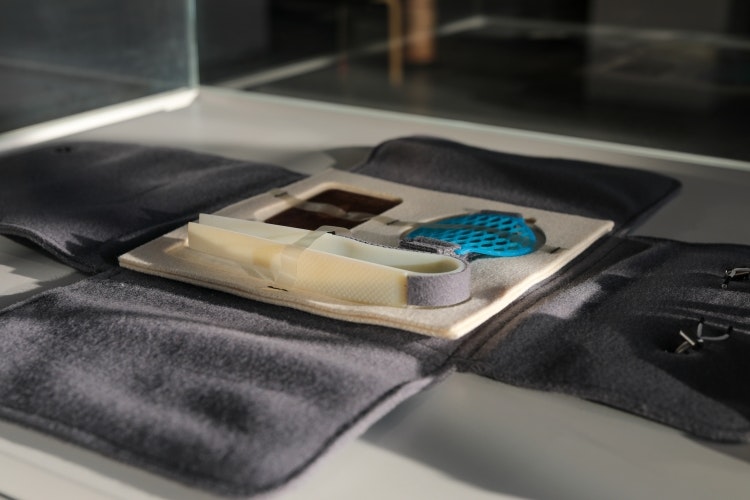
With the new cohort of students the first to start university free from pandemic restrictions, Wiggins feels like it’s a great reason to start up the exhibition once again – and “really hit the ground running”.
“Bringing your whole self to work”
The exhibition has also been a boost to the technicians themselves, providing both an excuse and the impetus to realise long-intended projects or stretch their own skills.
Wiggins explains that David Turner, who displayed his infrared prints, had never exhibited his work before, but has received excellent feedback since the exhibition; while Jeremy Hirst took the opportunity to extend his own skills in a site-specific project, investigating and replicating the glazes for the tiled stoneware floor of the university’s listed Post Hall, where the exhibition takes place.
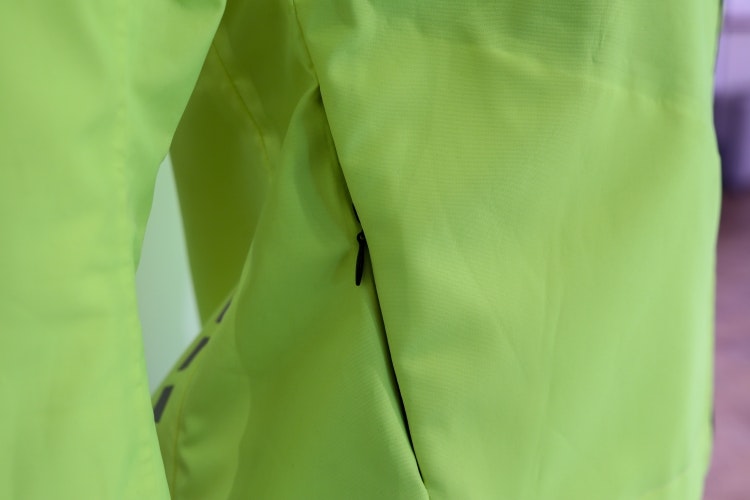
Another technician, Karl-Christian Geleff, has a long had a performative, participatory project where visitors are invited to knit with him simultaneously at either side of a tree – or in this case, a pillar in the exhibition space. Linking two strands of his practice, performance and sculpture, he has exhibited a new version of the participatory project, as well as casting some bronze knitted pieces for an adjacent plinth, drawing on his day job as a foundry technician.
“There’s been so much positive feedback from the academics and the students, saying ‘wow, I didn’t know you were able to do these things’, or that you were a practicing artist yourself”, Wiggins says.
“It’s that idea of bringing your whole self to work with you.”
All images by Chelsea Abbott and courtesy of the Yes We Can team.

- Design disciplines in this article
- Brands in this article







